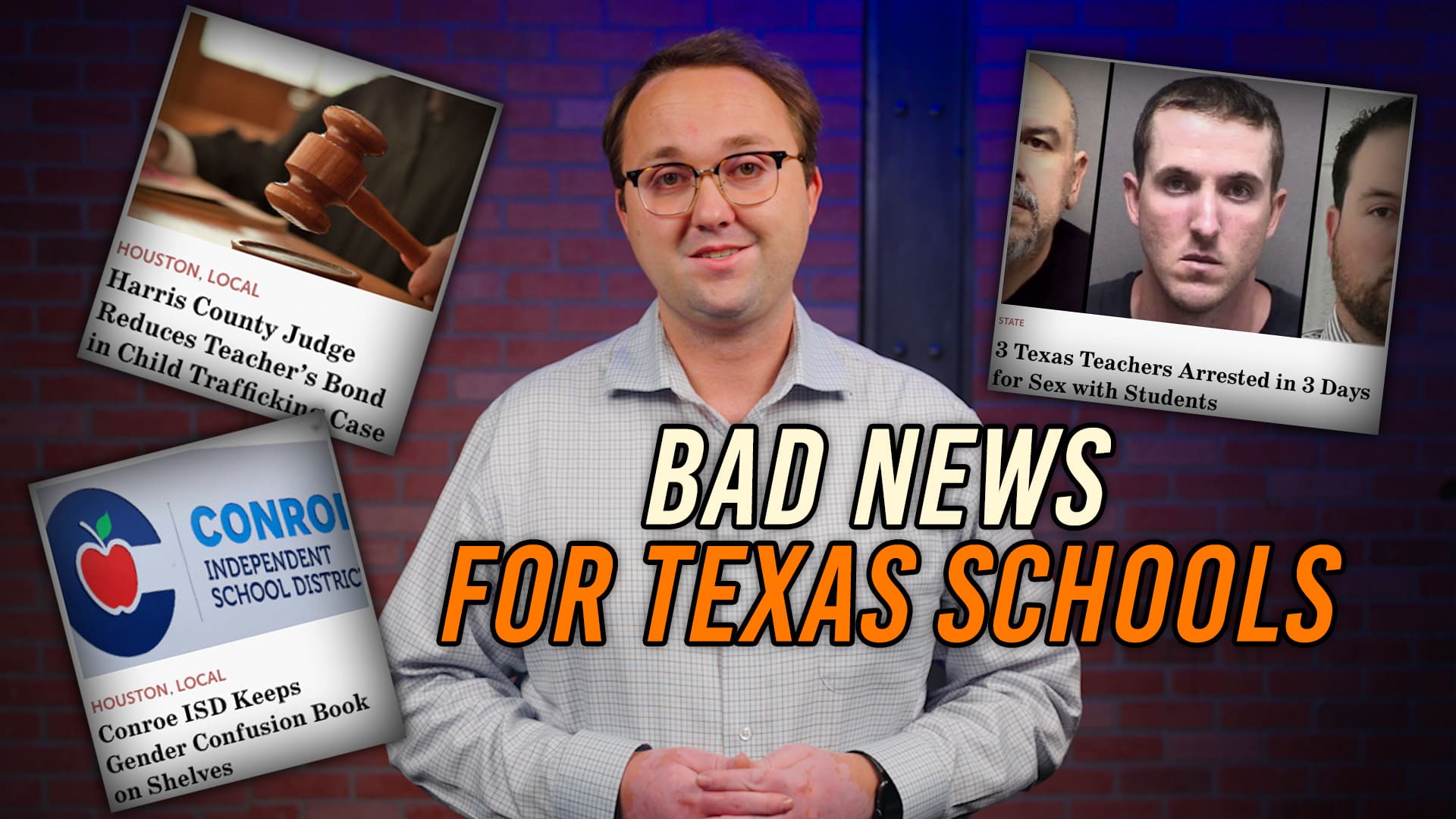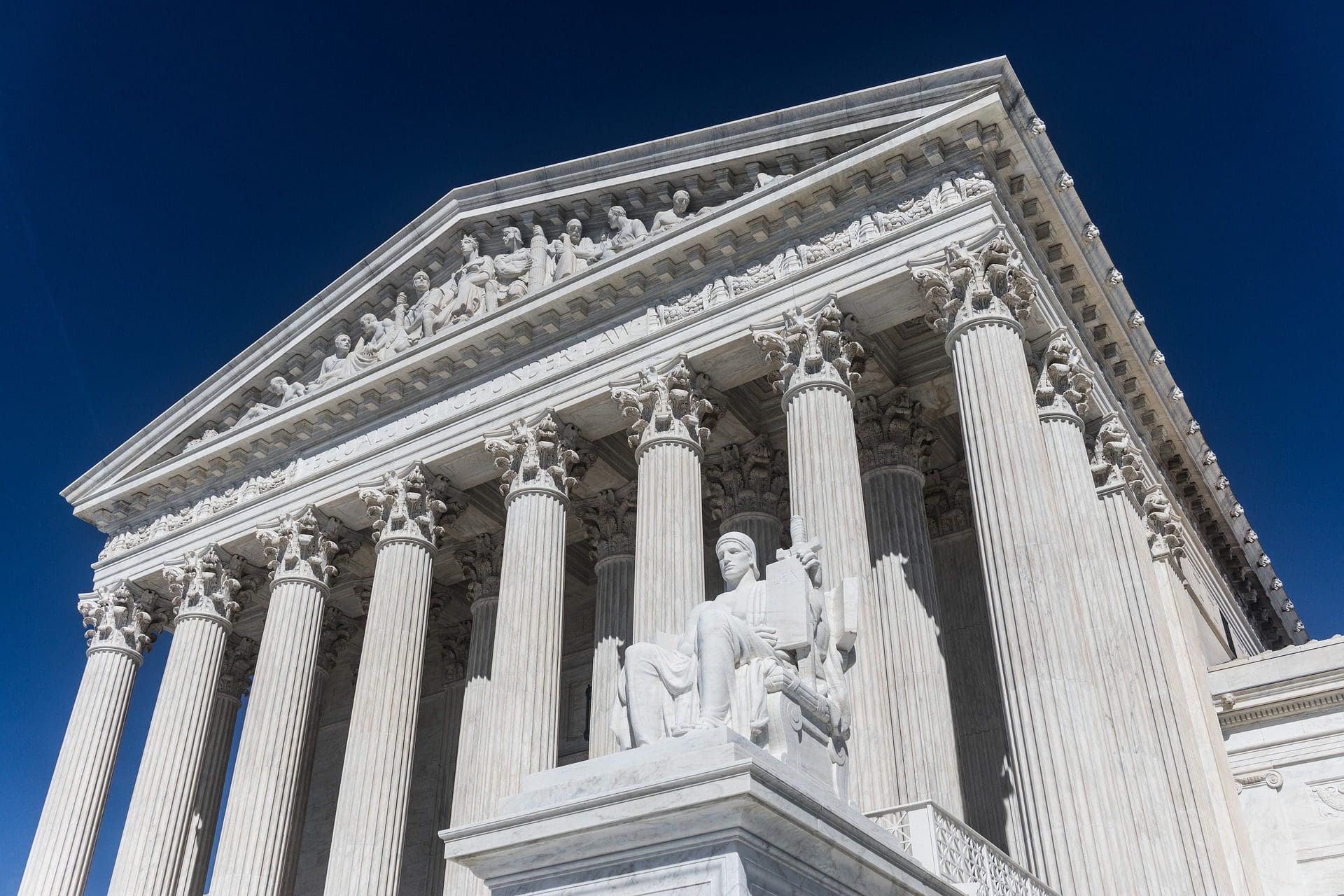Update: Redistricting is an issue that has been scheduled to be addressed in the 3rd special legislative session which begins on September 20, 2021.
In the midst of what is already shaping up to be one of the most unique legislative sessions in Texas history—due mainly to the realities and ramifications of COVID-19 restrictions—Texas lawmakers find themselves having to tackle the realities of the redistricting process.
Here is a brief explainer of what redistricting is, how it works, the rules that guide the process, and why it matters.
What is Redistricting?
Every decade, Austin lawmakers engage in the arduous process of redrawing representative district boundaries based on demographic information provided by the federal decennial Census. These districts span the federal to local levels and include the jurisdictions of 31 state senators, 150 state representatives, U.S. representatives, State Board of Education members, the state judiciary, some local city council districts, county commissioner courts, and school district boards.
How it Works
In the interim period preceding the legislative session in which redistricting is to be done, the appropriate Senate and House of Representative committees charged with the jurisdiction of curating the redistricting process begin holding public hearings. These hearings intend to gather input from members of the general public, subject-matter experts, policy advocates, and special interest groups about their concerns and preferences. Once the legislative session begins, hearings continue but shift focus to directly handling the actual map drawing and accompanying legislation that follows the normal legislative process.
The Census data is required to be provided by the federal government by April 1 of that same year and is used in conjunction with software to aid legislators in drawing the maps, as well as staff from the Texas Legislative Council.
If the process is not completed by the conclusion of the 87th Regular Legislative Session, the Texas Constitution provides for specific recourse. This might include a special called session by the governor or the convening of a legislative redistricting board composed of five members, which include the lieutenant governor and speaker of the House, as well as allowing the judiciary to determine approved maps.
The Rules
There are two basic criteria for all legislative, congressional, and State Board of Education districts laid out in the U.S. Constitution, the Voting Rights Act of 1965, and subsequent laws.
Any district boundary must include equal or near-equal population representation and the preservation of the ability for anyone to vote regardless of race, color, or language.
In practice, this has meant that congressional districts are drawn as near to equal representation as possible, whereas the state legislative districts are allowed some leniency within the confines of some additional rules. The interpretation of these rules has historically been used for almost all litigation surrounding this process in recent decades.
Why it Matters
With so much riding on the outcome of the final maps and apportioned districts, it is not difficult to imagine what is at stake for lawmakes at the State Capitol. The approved maps determine the likely partisan/ideological makeup for the next decade of elected officials up and down the ballot, which in turn will impact policy outcomes. On paper, this process is supposed to be nonpartisan or political but in practice, it is anything but.
This redistricting cycle also likely marks the first time in over a half-century that Texas will be able to go through this process without also being subjected to additional federal scrutiny under a process formerly known as “preclearance,” which means that there will be less opportunity for objection from lawmakers who may disagree with the final disposition of the maps.
This year, however, the process will likely take longer in Texas, with the Census data now reportedly arriving after July 30 due to delays in canvassing due to COVID-19. This has raised significant speculation that a special session of the Legislature will be necessary to complete the maps.
It is clear that Texas’ population is growing exponentially and its demographics have changed significantly since the last decennial redistricting process. This will almost undoubtedly mean that the state will gain additional congressional seats as well as Electoral College representation.
This process will continue to pan out throughout the 87th Legislative Session with or without the data, initially. It is unknown whether the call for public unity between members of the Legislature will also manifest itself to impact other policy priorities making their way through the legislative process.





